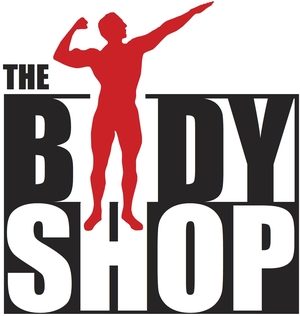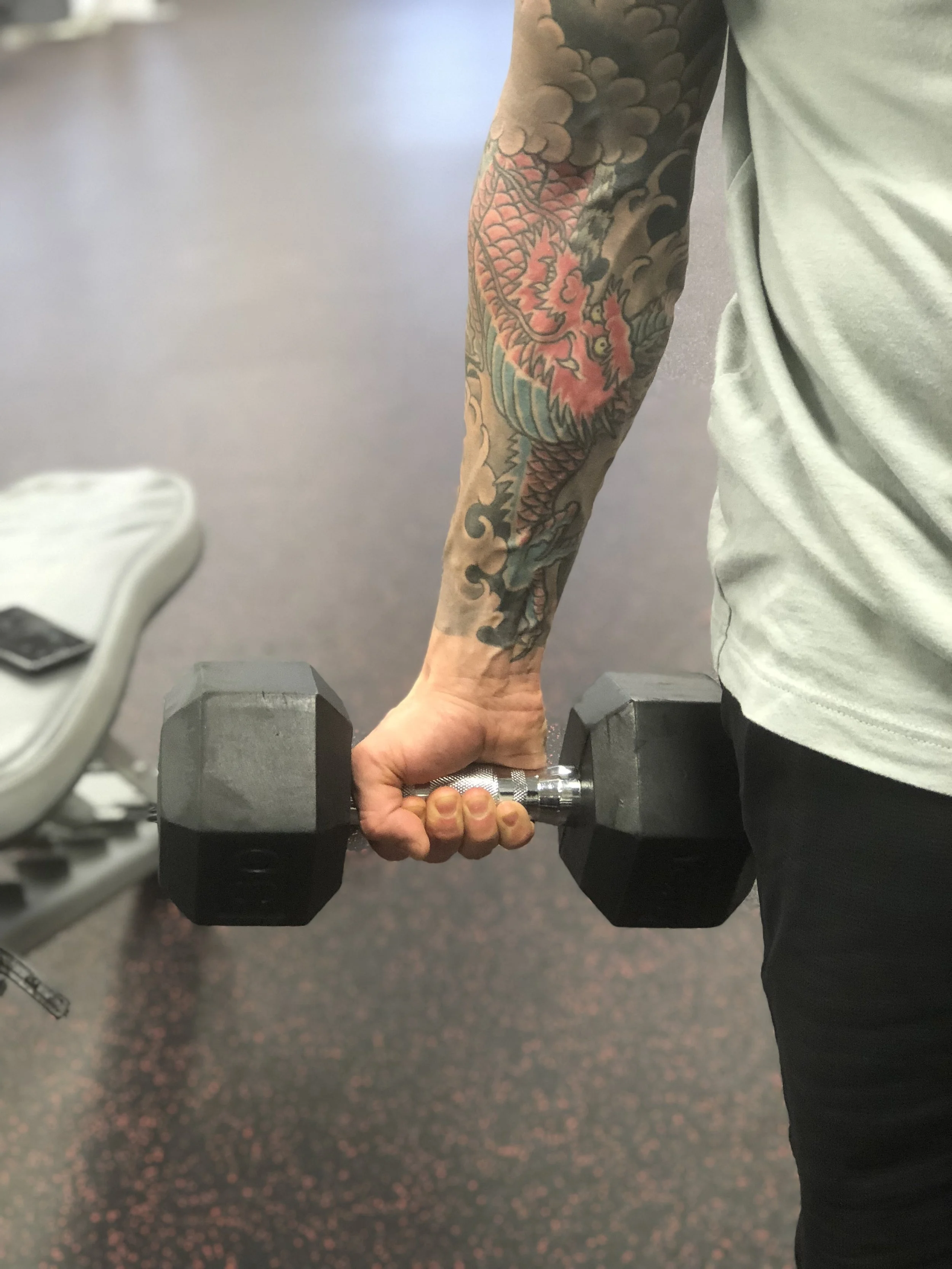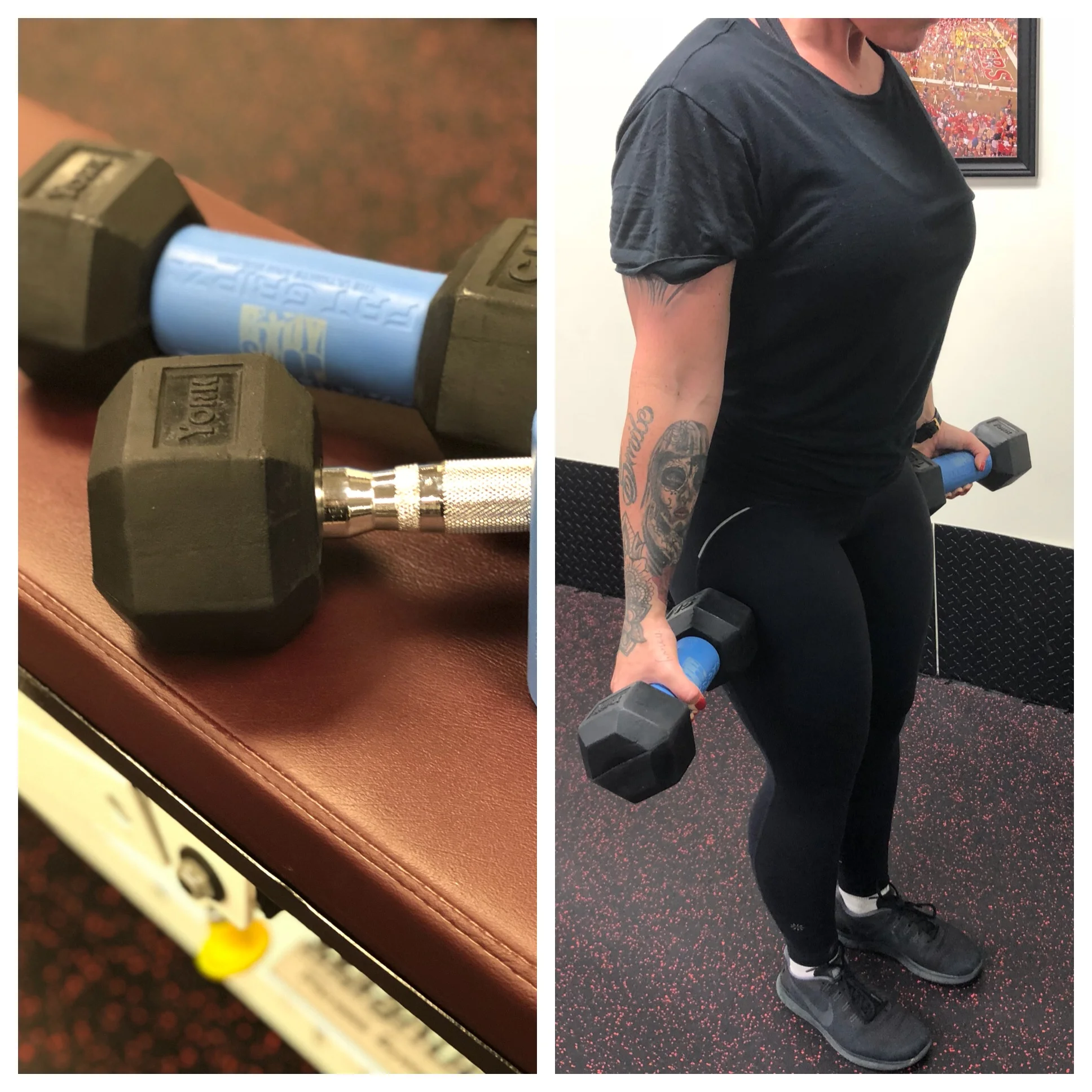When it comes to functionality, there is arguably no muscle group more important than your grip. The word “functional” is often overused in fitness, but in this case it is necessary. If your grip is weak, you’ll need help doing everyday tasks like opening a jar or carrying groceries to and from the car. It is the first thing people notice getting weaker as they age as well as the first thing to give out on most exercises where it is involved. We take grip strength very seriously and so should you! Here’s why…
Grip Strength Related to Healthy Heart and Quality of Life
It may seem far-fetched to link a stronger grip with a healthier heart, but one huge 2015 study, out of Prospective Urban and Rural Epidemiological (PURE) study, found just that. Researchers studied nearly 140,000 adults in 17 countries, testing their grip strength and followed their health for an average of four years. They found that with each 11-pound decrease in grip strength over the course of the study was linked to a 17% higher risk of dying from heart disease, a 9% higher risk of stroke, and a 7% higher risk of heart attack.
Other studies have found correlation to a stronger grip and an increase in health-related quality of life. Maintaining grip strength is a sign of maintaining overall activity, these activities can be more functional tasks like carrying firewood or simply keeping up with your gym routine. When you think about it. It does make sense that grip strength would come along with these positive outcomes. Regardless of the type of functional activity, keeping moving and challenging yourself my carrying, lifting, opening, and grabbing life by the horns will lead to increased heart health and quality of life. This makes grip strength a really good indicator of overall health.
You’re Only as Strong as your Grip
If you are interested in getting strong, we highly recommend that you start working grip and forearm exercises into your program. At the end of the day, you’re only as strong as what you can hold. You may be able to handle a certain many of reps or weight on a lower body exercise, such as a deadlift, however, if we are unable to hold the bar, you’re limited. On heavy sets, the first thing to go is usually your grip. Get a better grip and you’re more likely to be able to more weight, more times.
Injury Prevention
Many of us enjoy recreational activities like tennis and golf and want to continue to play these activities later in life. One nagging injury we see often is “tennis elbow” or a form of tendonitis at the elbow. One method of prevention is to strengthen the grip and forearm. Stronger grip due to stronger forearm makes the tendons of the elbow less receptive to overuse injuries.
5 Ways to Improve Grip/Forearm Strength
Hand Gripper
*Hand gripper is great for “crushing strength.” Add it in at the end of your workout. Try for 3 sets of 12-20 reps.
Fat Gripz
*Fat gripz can be a cheap addition to your gym bag. They can be added on to dumbbells, barbells or cable attachments.
Farmers Carry
*Great finisher for your workout. You can either do multiple sets for time or for distance. This month we did a challenge to see how long you can carry 45lb or 60lb kettlebells. Carries ranged from 1 to 4 minutes! (See video at the end!)
Towel Grip
*Replace cable attachments with small towel or try towel pull-ups. Crazy hard!
5. Keep Lifting Heavy (without wrist wraps)
The heavier you lift, the more you challenge your grip. If you are reliant on wrist wraps for your heavy seats, try doing more and more sets without them. The wrist wraps prevent your grip and forearms from getting fully worked from the weight of the bar.



